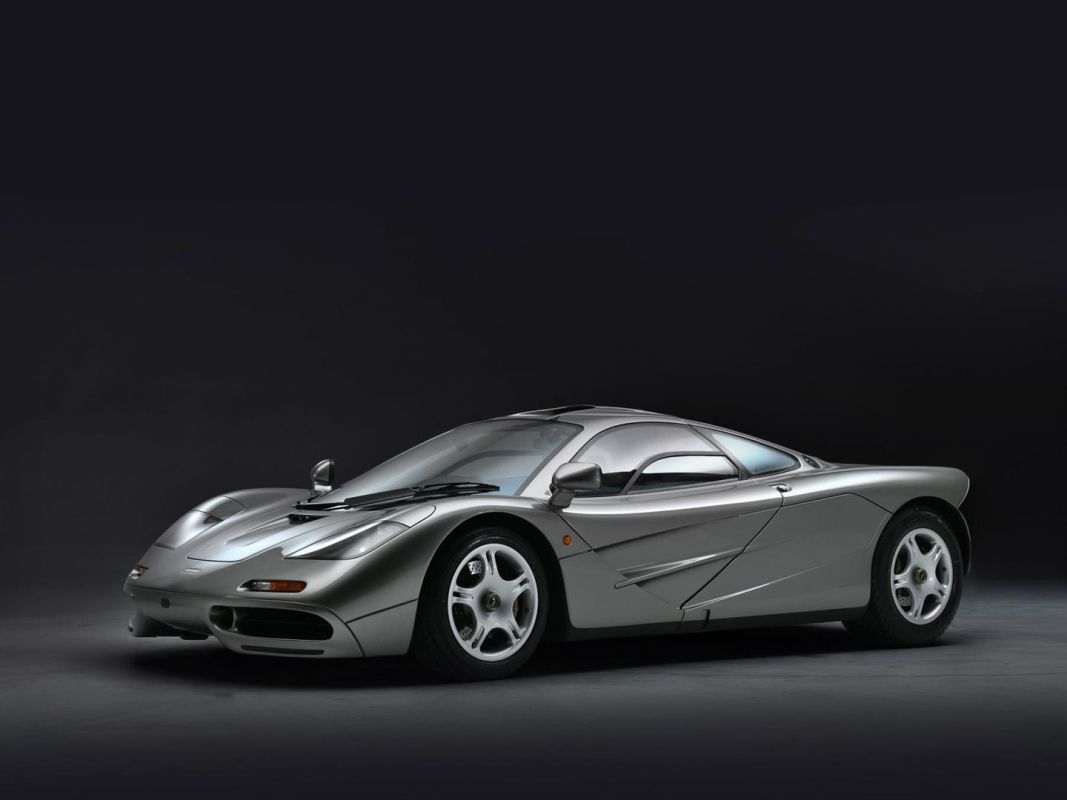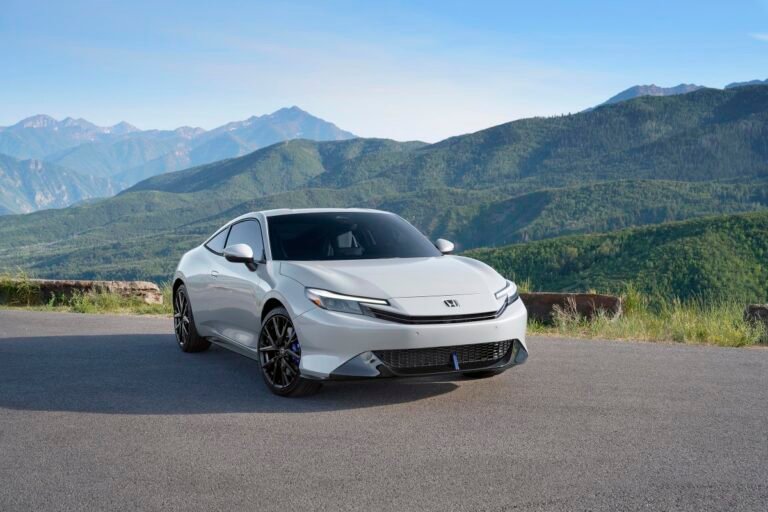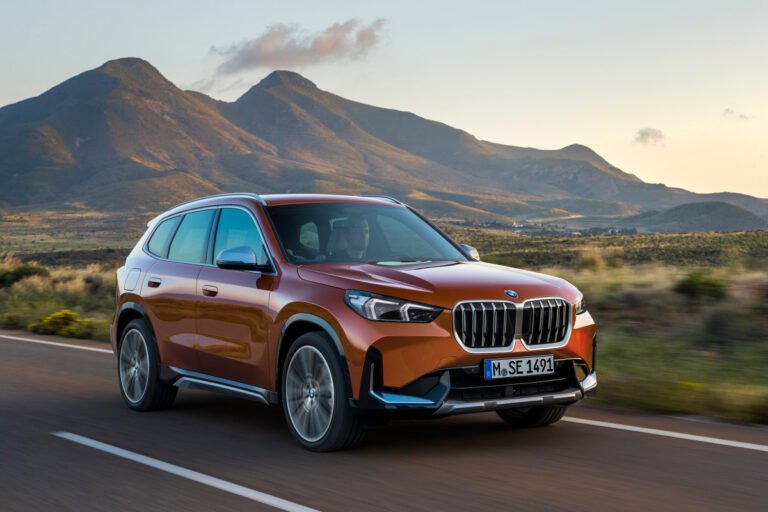
Still Special Today
There may be faster accelerating cars these days, but the McLaren F1 still holds a record that no one will likely ever beat. It’s still the fastest naturally aspirated car in the world with a top speed of 240.1 mph. In a world of electrification and turbocharging, we don’t see that number being beaten any time soon. Oh, and who can forget its gold-lined engine bay and the central driving position?
Just 106 McLaren F1s were ever built. It consisted of five pre-production prototypes, 64 standard short-tail models, two long-tail versions, five factory-tuned prototypes, one long-tail prototype, two official long-tail models, and 28 race cars. Production ended in 1998.
It’s not the kind of car one sees posted on Craigslist or Facebook Marketplace, so seeing any of the 106 cars up for sale is a special occasion.
Pistonheads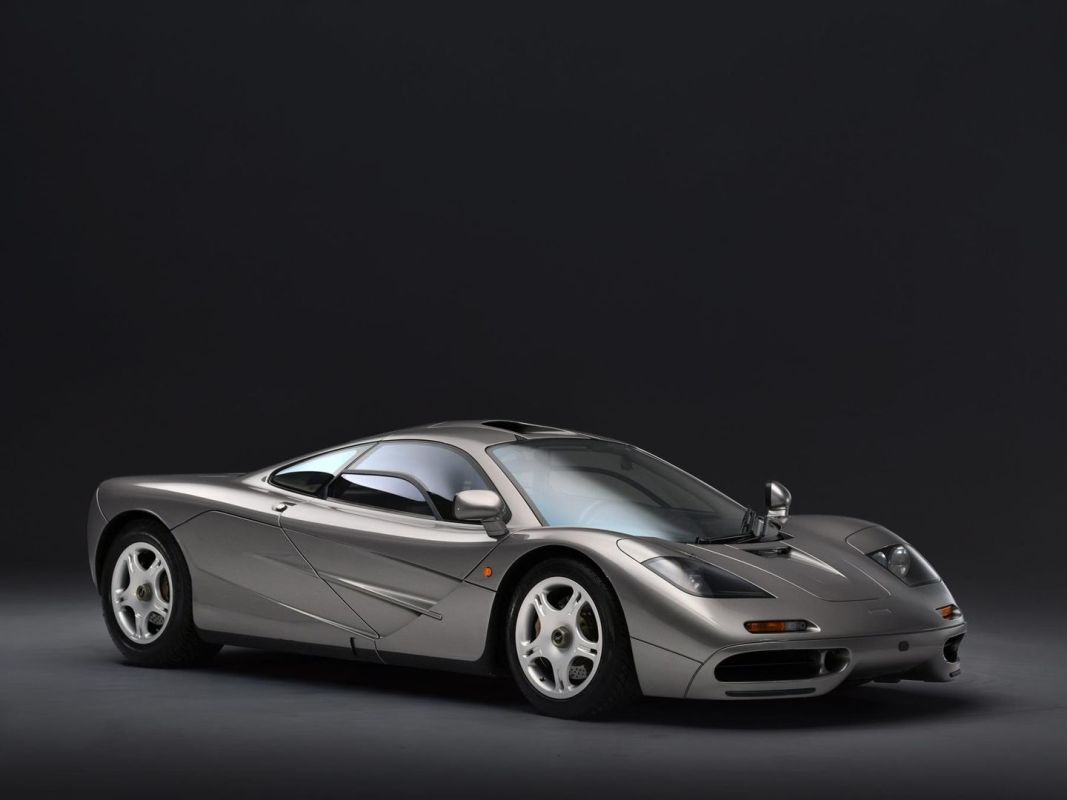
Meet McLaren F1 009
And one of those cases has recently come up for sale at Tom Hartley Jnr, courtesy of PistonHeads. It’s a 1994 short tail model finished in Magnesium Silver. This particular example has covered 10,522 miles and has had two previous owners over its 31-year lifespan.
Other notes? This car is Chassis 009 and the eighth short-tail car to roll out of McLaren’s facility. That marks it as a very early example, and it’s said to be the only F1 to be delivered brand new in Australia.
There was, however, a ‘little accident’ that occurred with this car back in the ’90s. Owned by Dean Willis, the then CEO of Coca-Cola Amatil, it was brought in for a routine service after being damaged in a crash during a road test by a mechanic. The car was then sent back to Woking for extensive repairs, and we can only imagine what the repair bill must have been like. Of course, McLaren is more than willing to fix any of the remaining F1s on the road. Just ask Rowan Atkinson.
Australian publication Wheels reports that the identity of the mechanic who damaged the F1 remains unknown, probably for good reason.
Pistonheads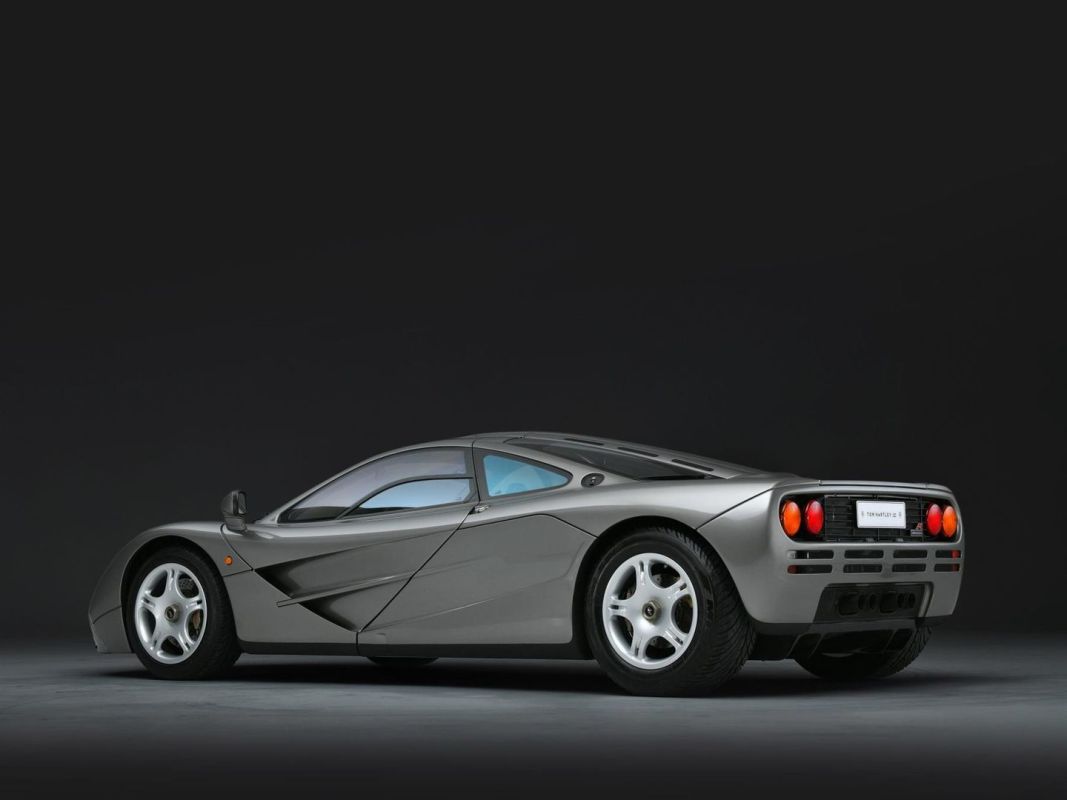
Still a (Somewhat) Refined V12 Beast
Nestled in the gold-lined engine bay of the McLaren F1 is a BMW-based V12. Internally known as the S70/2, the 6.1-liter mill was far from the one used in a garden-variety 750iL and 850i. It was also a cut above the already special S70B56 that powered the rare 850CSi.
The result of McLaren’s tweaking and tuning was an output of 618 horsepower and 479 lb-ft of torque, with a redline of 7,500 rpm. That V12 was then mated to a six-speed manual transmission, as sequential ‘boxes, dual clutches, and smarter automatics hadn’t been done for road cars at the time.
While those numbers can be seen in hot sedans and wagons these days, the F1’s is a flyweight at just under 2,800 lbs. That allowed it to reach 60 mph in 3.2 seconds; a commonplace feat in supercars today, but absolutely mind-blowing back in the ’90s.
Pistonheads
So, how much for Chassis 009? Well, the listing says “Price on Application.” The thing is, F1s usually go for about $20 million these days, although this unit’s accident history might put a dent in its list price. Still, we’re pretty sure we’re looking at seven figures here at the very least.
But if that’s too expensive, one can go for the F1’s spiritual successor, the GMA T.50. Gordon Murray himself said that it fixes the shortcomings of the original F1. It comes with a screamer of an engine in the form of a Cosworth-engineered 4.0-liter naturally-aspirated V12 that revs up to 11,500 rpm. It packs 654 hp and 344 lb-ft of torque, and weighs just under 2,200 lbs. At about $3 million before taxes, it’s a relative bargain.
